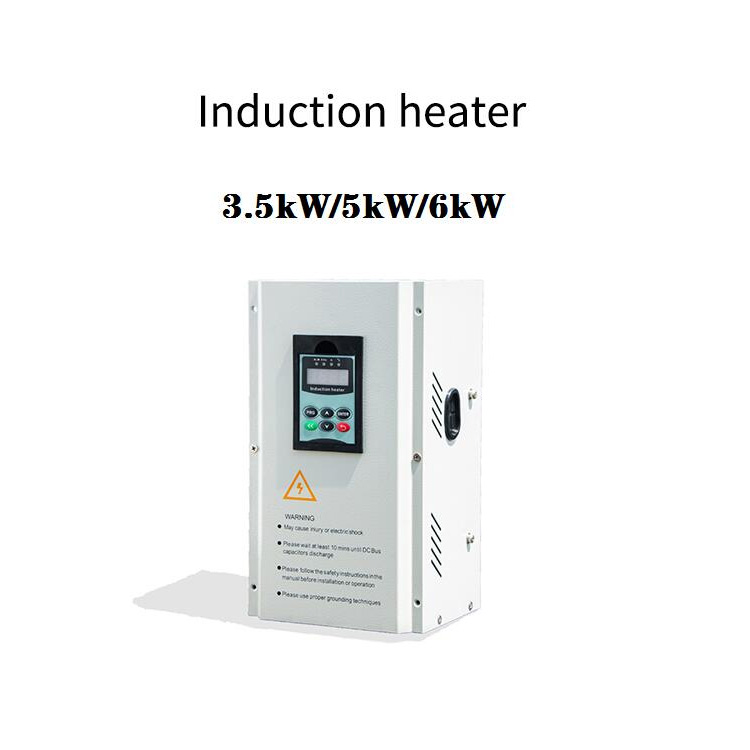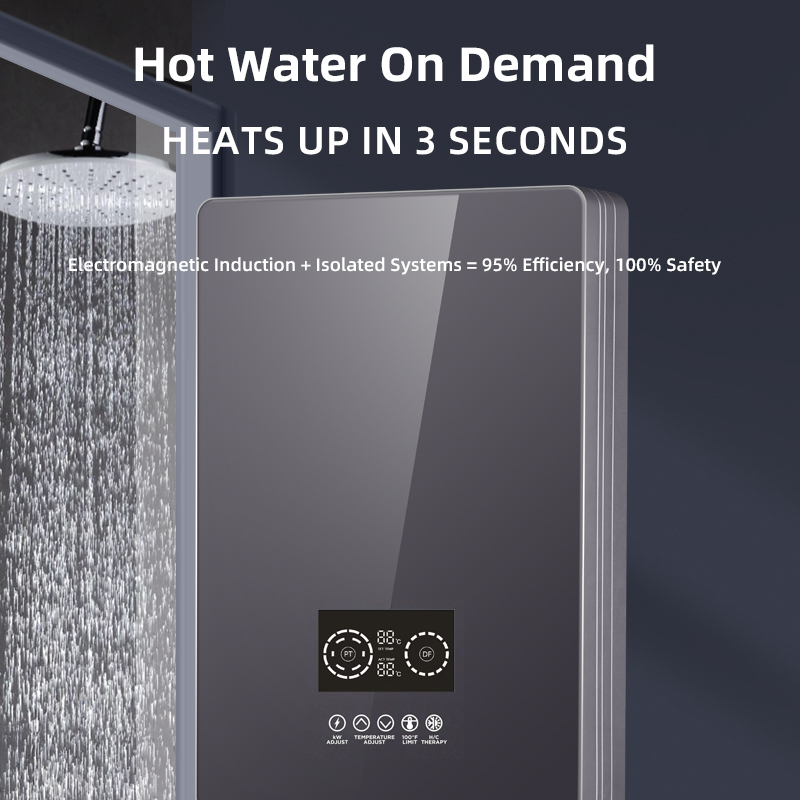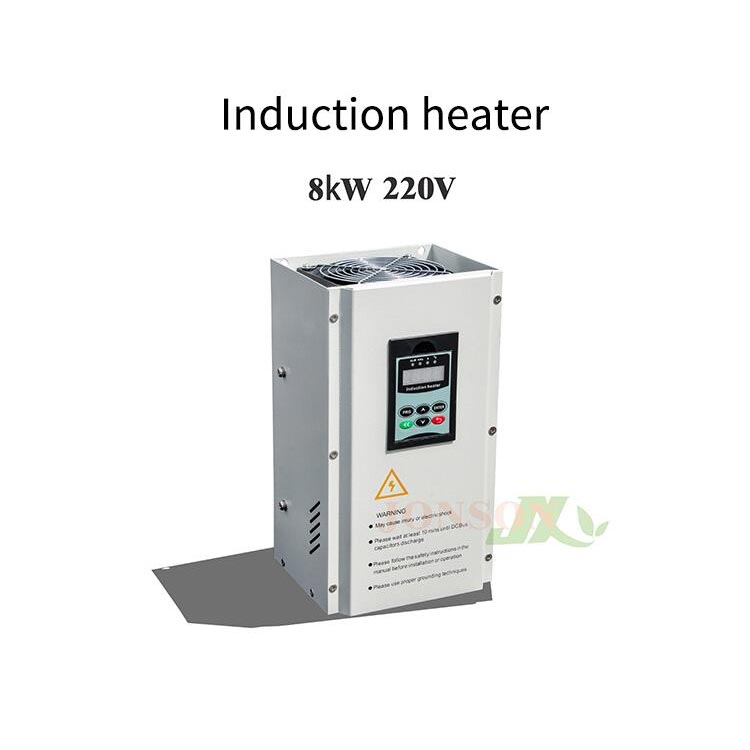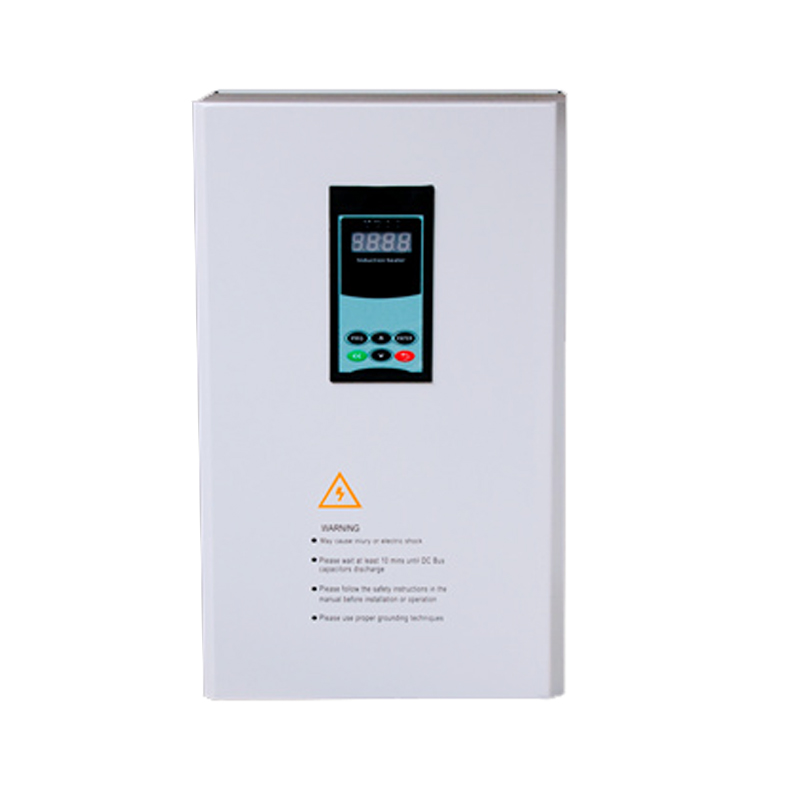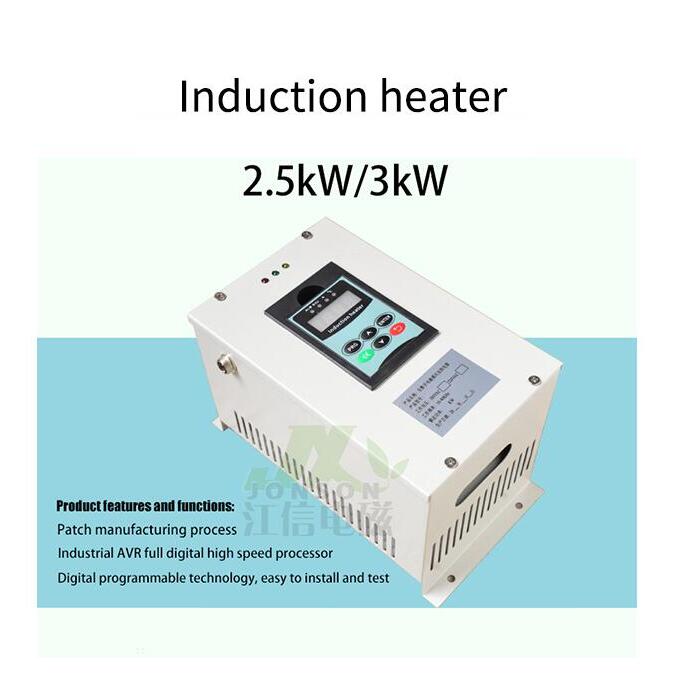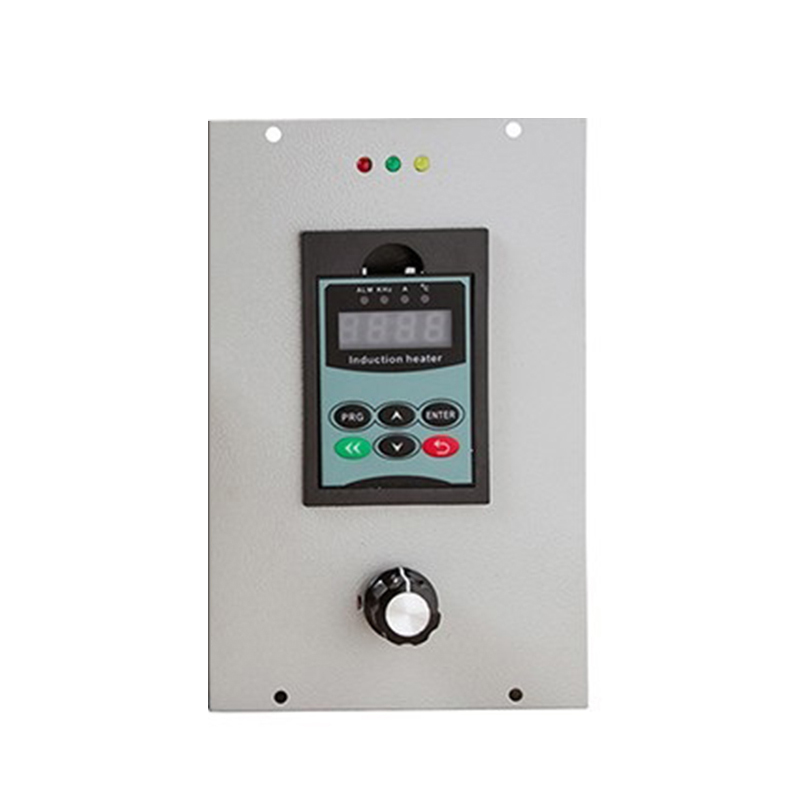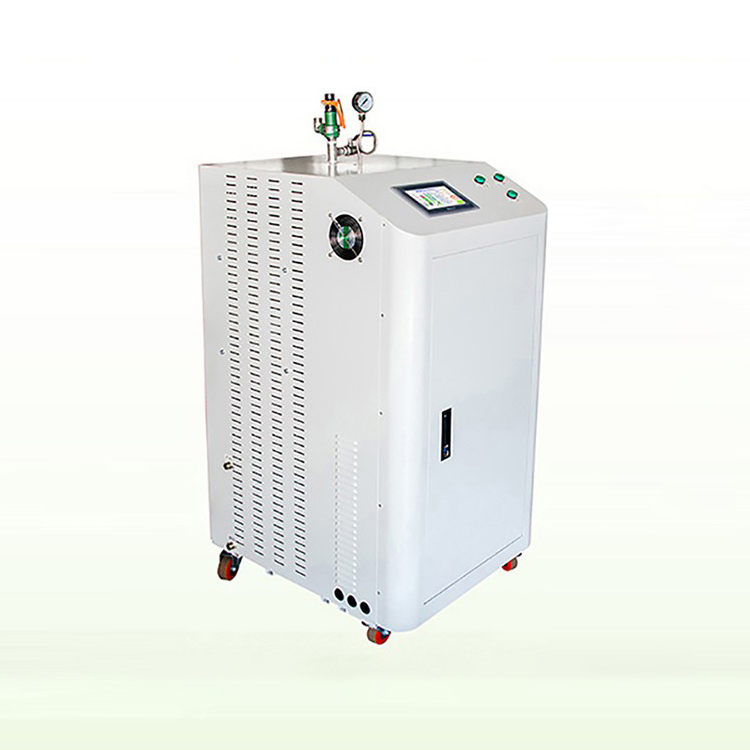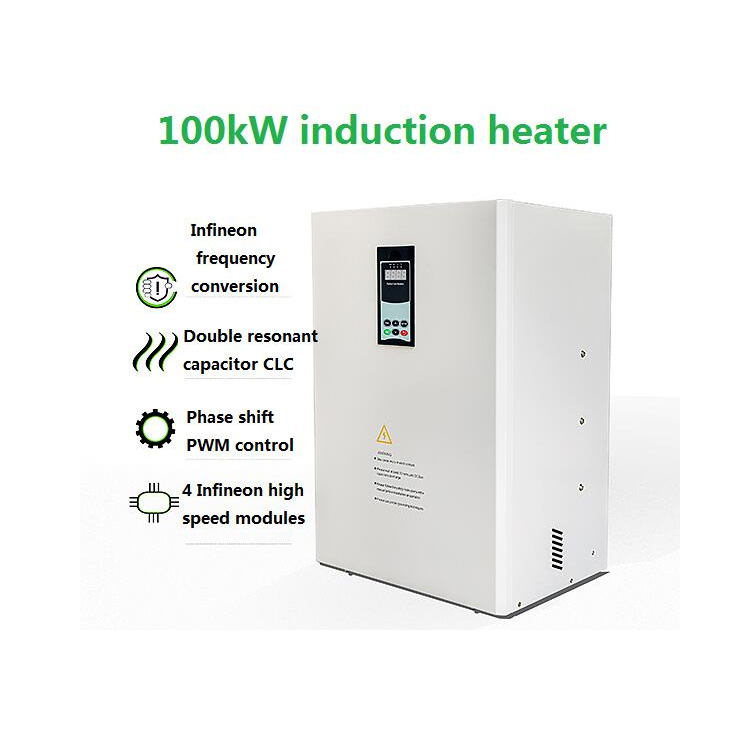Designing a customized induction heating coil involves several considerations to ensure efficient and effective heating for a specific application. Induction heating relies on electromagnetic induction to generate heat in a conductive material. The design of the coil plays a crucial role in controlling the heating process. Here are the key steps and considerations for designing a customized induction heating coil:
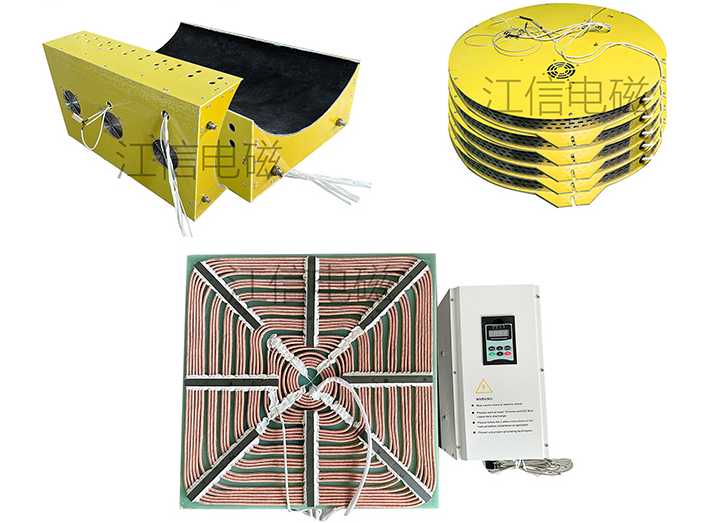
1.Define the Heating Object:
1).Understand the material properties of the object you want to heat.
2).Determine the required heating pattern and temperature profile.
2.Select Induction Heating System Parameters:
1).Choose the appropriate frequency: High frequencies are suitable for shallow heating, while low frequencies penetrate deeper.
2).Consider the power output required for the application.
3).Decide between single or multiple frequencies based on the material and heating requirements.
3.Calculate Inductor Parameters:
1).Inductance (L): Determine the inductance required for the coil using the formula L = (μ * N^2 * A) / l, where μ is the permeability of the material, N is the number of turns, A is the cross-sectional area, and l is the length of the coil.
2).Select the appropriate coil shape (solenoid, helical, pancake) based on the application.
4.Optimize Coil Geometry:
1).Consider the shape and size of the object being heated and design the coil to match.
2).Optimize the coil geometry for efficiency and uniform heating.
3).Use simulation tools to model the electromagnetic field and heat distribution for different coil designs.
5.Material Selection:
1).Choose the appropriate material for the coil based on factors such as resistivity, permeability, and thermal conductivity.
2).Consider the operating temperature and potential material fatigue.
6.Cooling System:
1).Implement a cooling system to manage heat generated in the coil during operation.
2).Choose a cooling method based on the power density and application requirements (air, water, or other cooling mediums).
7.Prototyping and Testing:
1).Build a prototype of the designed coil.
2).Perform testing to validate the heating efficiency and temperature control.
3).Adjust the design based on test results and iterate if necessary.
8.Safety Considerations:
1).Ensure that the induction heating system complies with safety standards.
2).Implement features like temperature monitoring and control to prevent overheating.
9.Documentation:
1).Document the coil design, including specifications, materials used, and any necessary operating instructions.
2).Keep records of testing and optimization processes for future reference.
10.Regulatory Compliance:
Ensure compliance with relevant regulations and standards applicable to induction heating systems.
It's crucial to note that designing an induction heating coil may require expertise in electromagnetics, heat transfer, and materials science. Consulting with experts or utilizing simulation software can aid in the design process and improve the likelihood of success.

